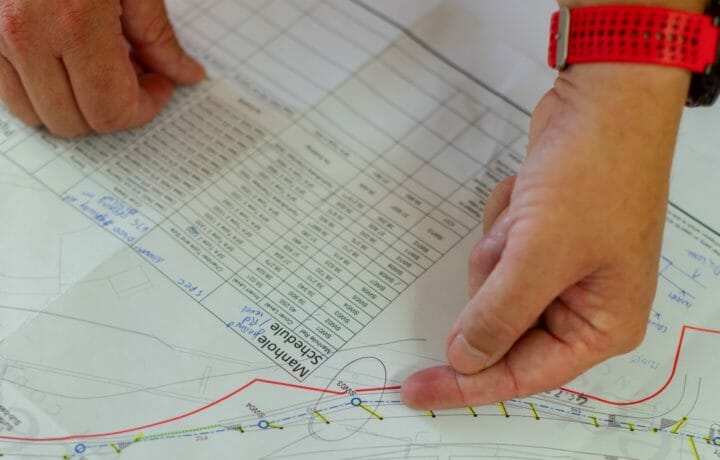Space may be the final frontier – office space, that is. According to the Federal Times, new leases for the various agencies and departments of the U.S. government are shrinking the average space per employee. In an effort to reduce leasing costs, the standard square footage per employee is dropping from 200 square feet to 157 square feet or less.
The calculation of an employee’s workspace includes common areas like conference rooms, offices and workstations and snack bars. Bathrooms, closets, stairs and hallways and lobbies are excluded from the calculation. Regardless of the calculations, it may get crowded in some government offices.
The Canadian Centre for Occupational Health and Safety provides a great discussion of what constitutes “work space”. They point out that North Americans like their elbow room while other cultures may be more comfortable working closer to others.
A December 2010 article in the Los Angeles Times talks about the shrinking of the corporate office. They quote an expert as noting the drop from 500-700 sq. ft. per employee in the 1970’s to a potential 50 sq. ft. by 2015.
The cost savings for the government is substantial. With yearly square footage lease costs running $20 to $50 per sq. ft., the reduction in the average workspace per employee creates a lease savings of $860 to $1,000 per employee per year.
It may not be crowded for long, however. The “Super Committee” is looking at ways to reduce the Federal deficit and personnel cuts are on the table. The military is already planning to reduce the size of the active force by as much as 100,000, with equal cuts in civilian positions. Bills before Congress look at a variety of ways to reduce the Federal workforce by 10 percent or more.
The future for many federal employees is uncertain. They are being squeezed in their workspace and in their pay and benefits. The only good news is that complaining about the situation will be easier with fellow employees so close by.



